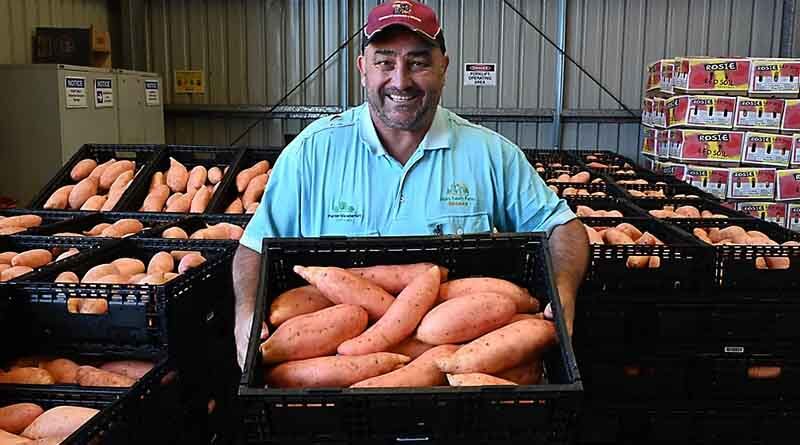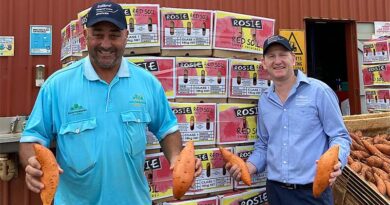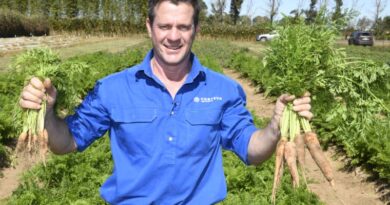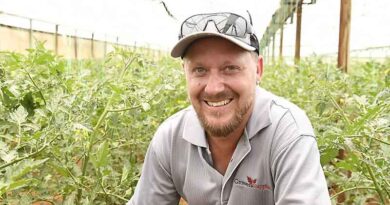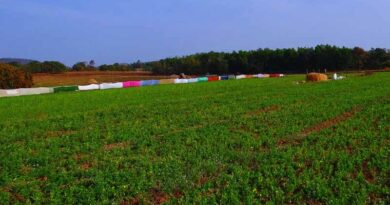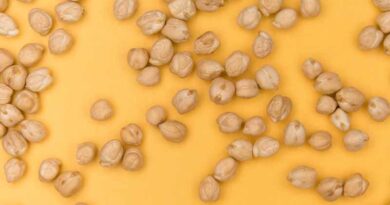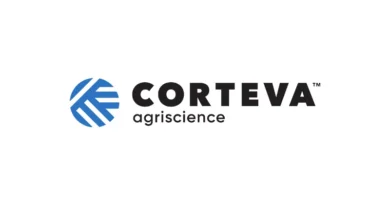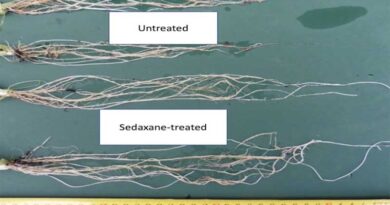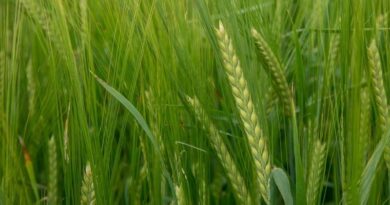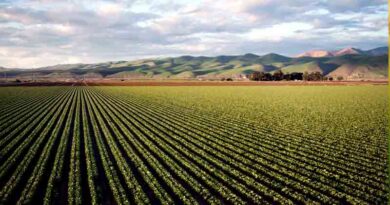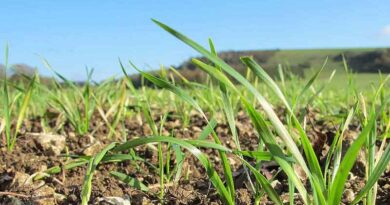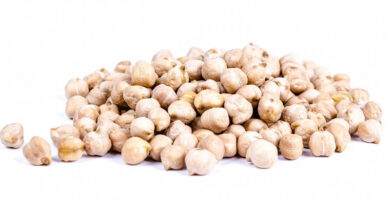Quality sweet potatoes with new nematicide product
17 August 2022, AU: A commercial trial on the property of Dean Akers, at Bundaberg, in Queensland, has demonstrated the superior quality achieved with Salibro® Reklemel® active nematicide, from Corteva Agriscience.
Mr Akers was the first grower in the world to use Salibro® under commercial conditions, and included an untreated trial section, in a sweet potato paddock planted on November 15, 2021.
The paddock endured a challenging season of very wet conditions and was harvested in late May 2022 with large-scale samples of both areas taken through the Akers packing shed.
“We had the same amount of production off both the untreated and the treated,” Mr Akers said.
“Where we did see a lot of difference was the damaging and the bronzing of the untreated fruit.”
“There were early signs of nematode damage, and they are just not looking as good as they should be.”
In comparison, the sweet potatoes in the Salibro patch were a higher quality and more marketable product.
“You could see the difference in the potatoes,” Mr Akers said. “They were very shiny and the skin finish is a lot better. There weren’t any signs of damage.”
“The quality of fruit is very important because the better quality and more fruit we can get into the specs for our major supermarkets and around the world, the more premium product we can produce out of an acre of sweet potatoes and the more dollars that will come to the grower,” he said.
“It’s very important for us to grow as much quantity as we can and then back it up with the quality of product as well.”
The Salibro® treated areas looked good all season, with an inspection in mid-January showed its good performance early.
Mr Akers said they pulled two plants from each section and there was quite a difference between the samples.
“We were getting a lot of long, skinny fruit in the untreated,” he said. There are some unformed roots that haven’t turned into a tuber, and they are showing very bad signs of nematode problems already.”
Mr Akers said the two plants pulled from the Salibro treated section were performing much better.
“There is very good uniformity and shape in these plants,” he said. They are producing short, fatter sweet potatoes which is ideal for our marketplace.”
“To summarise, with this small trial, the treated areas are showing that the quality of fruit is going to come out better than our untreated quality of fruit.”
He said the comparison at the eight-week mark was very encouraging so early in the crop’s life and in a season that had already received some big rain events.
“This year is a good indication on how Salibro® is going to hold up in the soil. It’s been a very testing year.”
Nematodes have been a major pest in the Sweet Potato industry for many years and there have been many strategies with crop rotations and chemistries to try to alleviate the problem.
“A crop of sweet potatoes will normally take 12 months from the time you start preparing to finish,” Mr Akers said. “Then we’ll cover crop it with a forage sorghum cover crop. By the time we incorporate that and get the ground back into order again, it’s nearly two years.”
The chemistry used has evolved over the years with EDB and Nemacur now unavailable to growers.
“In more recent years, we’ve had Vydate® and Nimitz to use and across that time we’ve been able to access metham sodium,” Mr Akers said. “We use metham sodium sparingly because it leaves the ground a little bit too salty, in my opinion, and we would rather not go down that road.”
“One of the other things we’ve found with Salibro® is that it is easy to use and not as toxic as some of the other chemicals we’ve been using over the past 50 years.
“It’s been a lot better and an easier chemical to use overall so we’re very happy with how Salibro® is working for us.”
“It’s great to see Salibro® come along and give us another alternative and another option to use as far as control for nematodes.”
Mr Akers used a Tony Denton fertiliser application machine, that is set on a timer, to supply the Salibro® nematicide.
“Two to three days after planting we’ll put Salibro® through the trickle after wetting it up, just before application. This makes sure we have moisture spreading out over the hill evenly. Every row and farm can be different, so we’ll judge the application time for the tank to get it right in the root zone.”
He said they hadn’t used Salibro® on every block this year but the early indications mean it will be the major nematicide used going forward.

